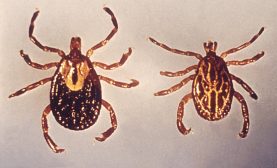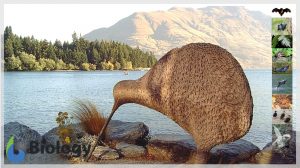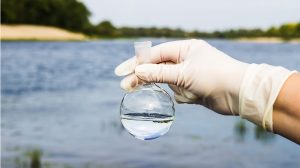Tick Definition
A tick is an arachnid belonging to order Ixodida. There are three families identified: (1) Ixodidae (hard ticks), (2) Argasidae (soft ticks), and Nuttalliellidae. The latter has a single species, Nuttalliella namaqua. Thus, the first two families comprise most of Ixodida. There are over 700 species belonging to Ixodidae and about 200 species belonging to Argasidae. They are distinguished from the Argasidae by the presence of a hard shield called a scutum and a projecting capitulum at the front. As for Nuttalliellidae, one of their distinctive features is having a projecting capitulum similar to the ixodids while they also have a soft, leathery body similar to the argasids.
More Info
Ticks are closely related to mites. Along with mites, the ticks comprise the subclass Acari of the class Arachnida. Similar to mites, they have lost the segmentation of the abdomen; rather, they have a fusion of the abdomen with the cephalothorax. A new section called gnathosoma bears the capitulum, i.e. the modified feeding organ (mouthparts) used for piercing and sucking blood. (Ref.1) . Another new section is the idiosoma. It contains the gut and other internal organs. It is also where the legs are attached. (Ref. 2)
Ticks are typically 3 to 5 mm in length. They have an ovoid or a pear-shaped body. Ticks are ectoparasites. They attach themselves to, and suck the blood of, cattle, dogs, and many other animals. When filled with blood they become ovate, much swollen, and usually livid red in colour. Some ticks can also infest the human body. In general, ticks have four stages to their life cycle: egg » larva » nymph » adult. The larva hatching from the egg will have six legs. It grows into a nymph, which will have eight legs and each will be tipped with a pair of claws, similar to the legs of an adult tick. The tarsus of the tick leg contains Haller’s organ, which is a sensory structure that detects odors and chemicals from the host.

References
- Ruppert, E. E., Fox, R. S., & Barnes, R. D. (2004). Invertebrate Zoology, 7th edition. Cengage Learning. pp. 590–595.
- Wall, R. & Shearer, D. (2001). Veterinary ectoparasites : biology, pathology, and control. Oxford Malden, MA: Blackwell Science.
©BiologyOnline. Content provided and moderated by BiologyOnline Editors.







